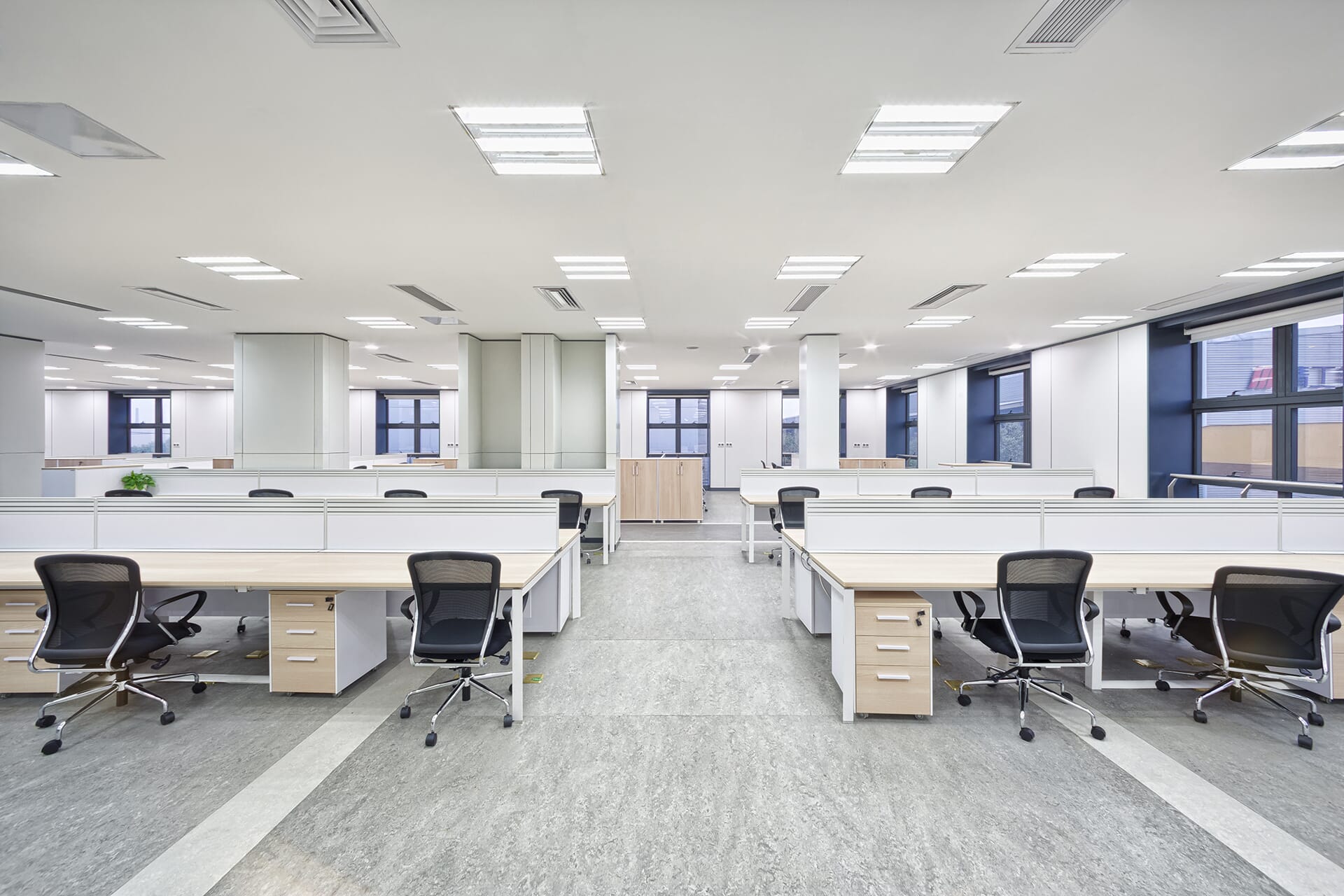
Lighting and SBEM: a light-bulb moment
Regulatory Updates
Lighting and SBEM: a light-bulb moment
Unlike SAP Assessments for dwellings, CO2 emissions in SBEM calculations do not seem to be influenced as markedly by the specification of the fabric.
Of course U-values do have some effect on the CO2 produced by a commercial building but because non-domestic buildings are generally larger than the average dwelling and the amount of mechanical and electrical (M&E) equipment needed is also greater and more complex, it becomes obvious that getting the M&E in a non-domestic build as efficient as possible becomes very important.
Getting the lighting right should be top of your list for reducing CO2 emissions.
Lamps and their control systems have come on in leaps and bounds in recent years especially with the advent of LEDs. As a result, it has become very easy to reduce the energy used to illuminate a space. The constraining factor with LED systems in the past has been the upfront cost. But as prices continue to fall, LEDs are now very affordable and are usable for all applications, from a small reading lamp to flood lighting at a large sports arena.
Specifying the types of lamp to be used is just one part of a low energy lighting solution – appropriate automatic controls for managing when the lighting should be turned off (or on) should also be considered. For instance, when you think of modern, open plan offices, these spaces are often quite deep but may also have large areas of glazing. However, the areas furthest away from the windows won’t have enough natural daylight, so artificial lighting is needed, but not always necessary in those spaces nearest the windows. Zoned daylight sensing is the answer – cutting the lighting in the areas where natural daylight is sufficient.
Presence and/or absence detection can also be useful in reducing energy consumption. These can be worthwhile in spaces that may spend long periods unoccupied such as store rooms, WCs, kitchens and staff rooms. Beware though that the ‘parasitic power’ used by these sensors in their detection work can sometimes outweigh any savings made, particularly for very small spaces. Occupancy sensing also enable savings to be made in corridors and circulation areas but for safety and user comfort it may be sensible to think about just dimming lights in these spaces rather than switching them off altogether.
All of this has been written in terms of reducing CO2 emissions to assist in Part L compliance, but of course energy conservation also has another benefit – that of enabling you to keep your wallet in your pocket for longer.
For more information about SBEM Part L2A please contact Steve Hull on 08458 386 387 for a free consultation.





